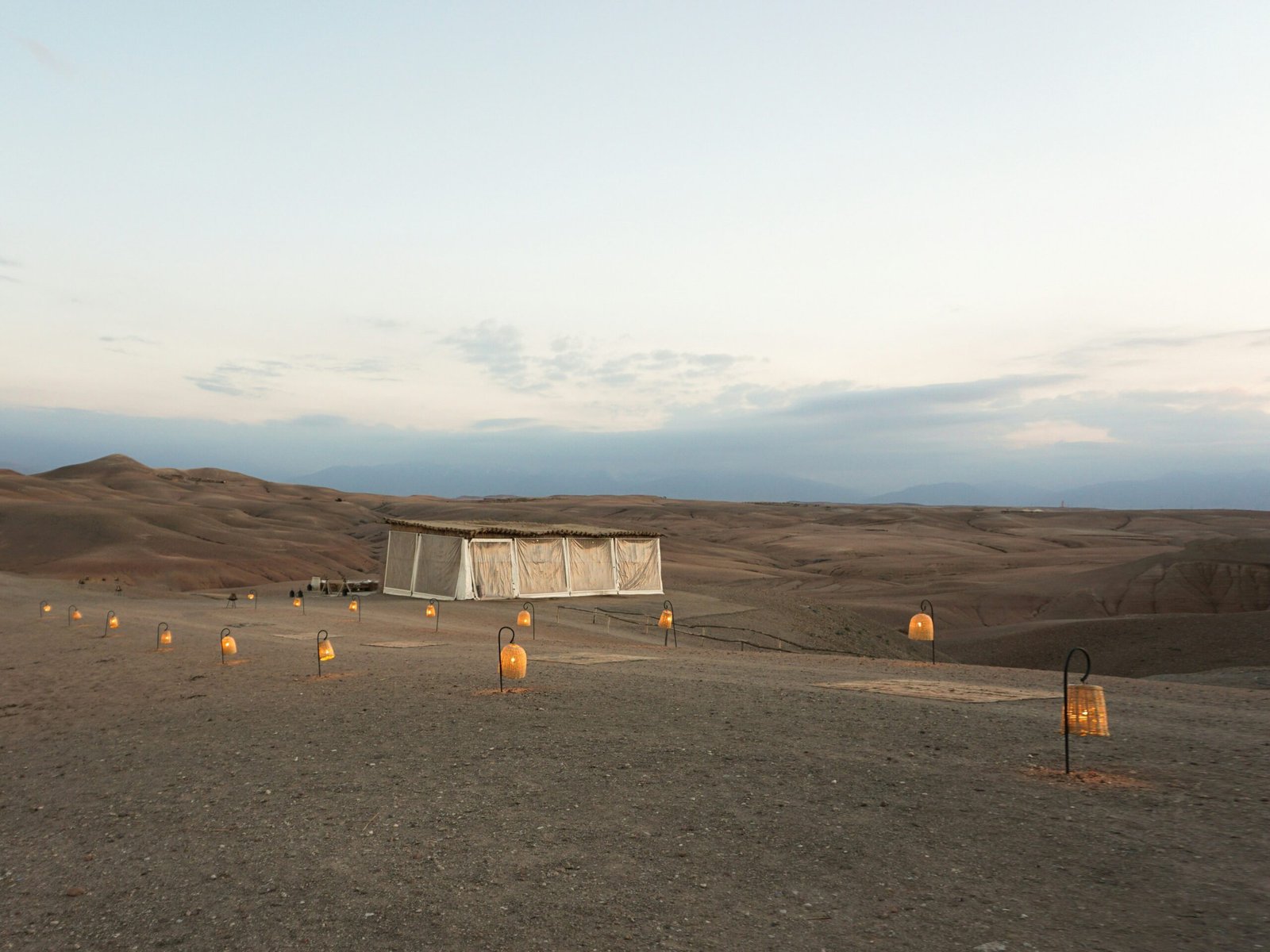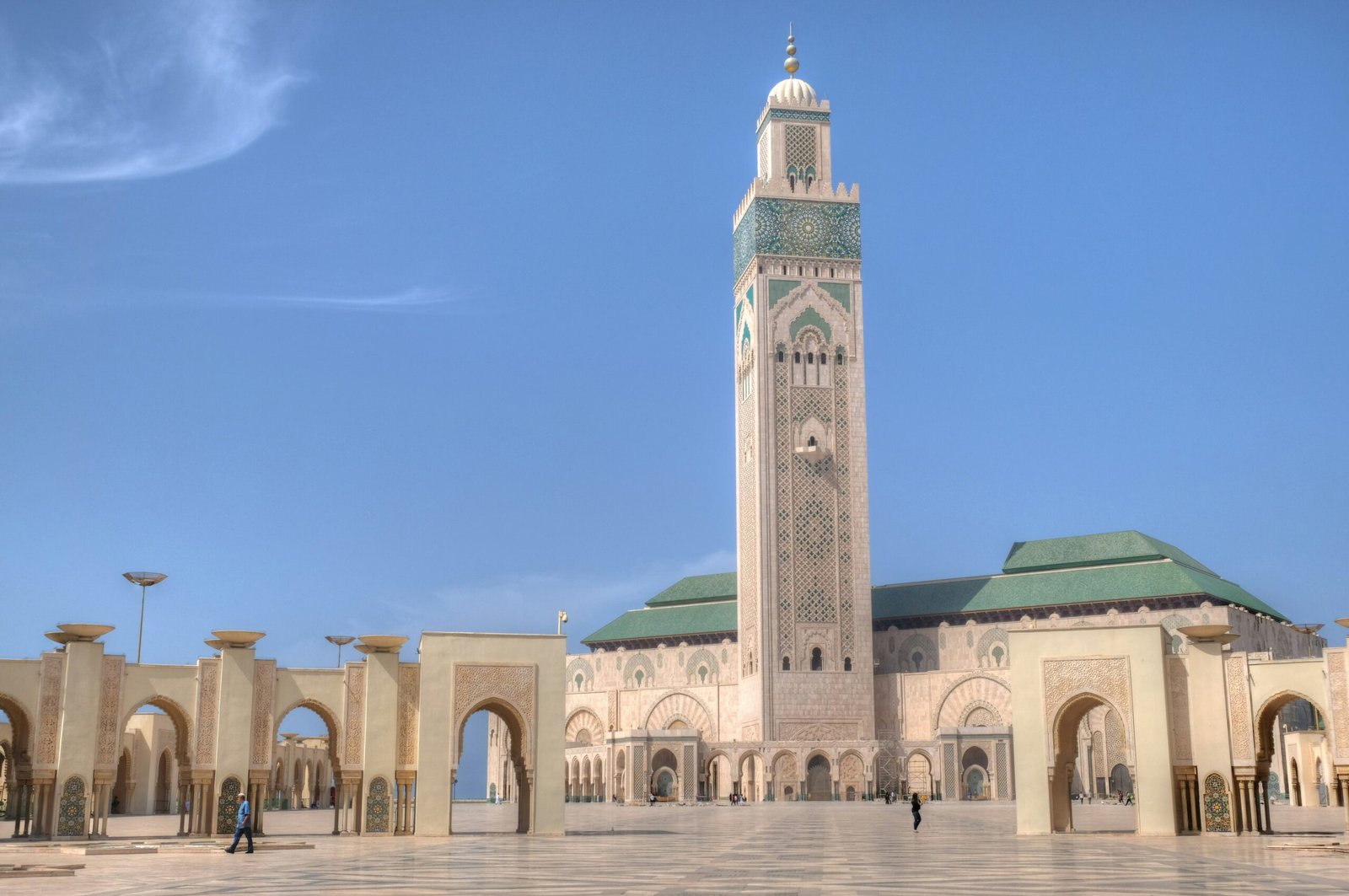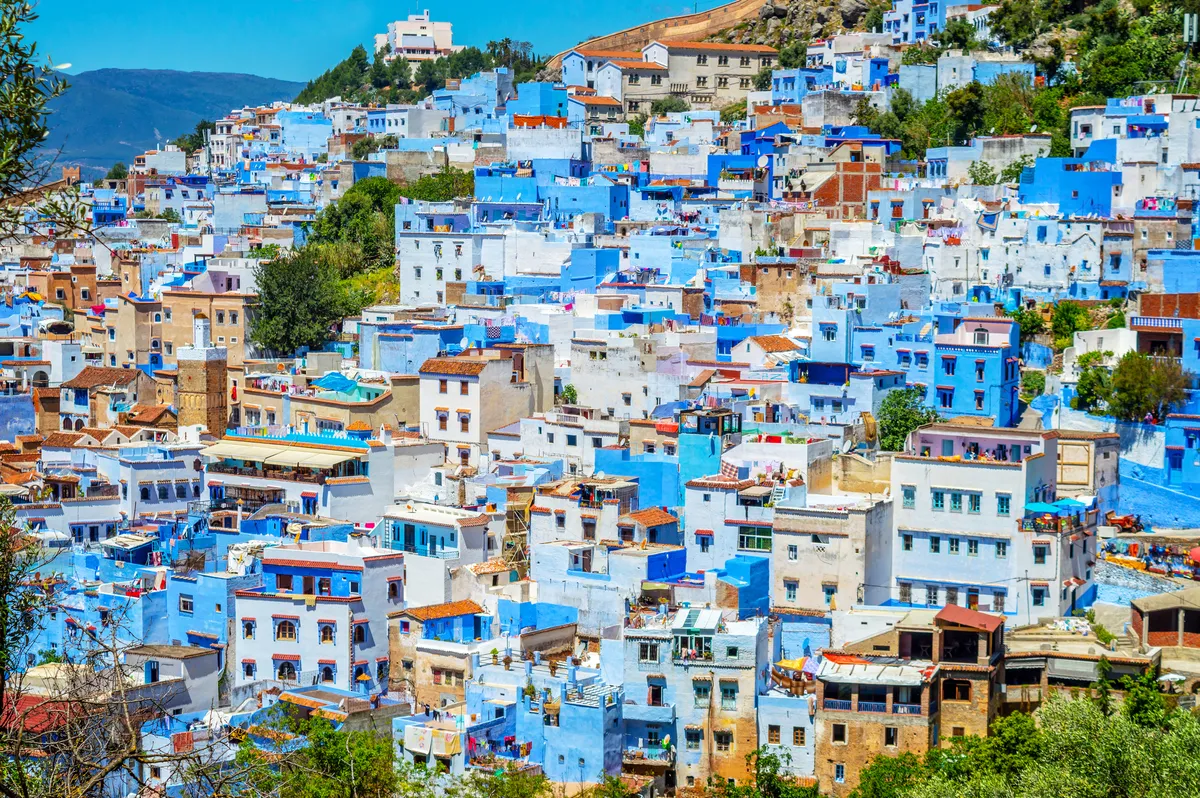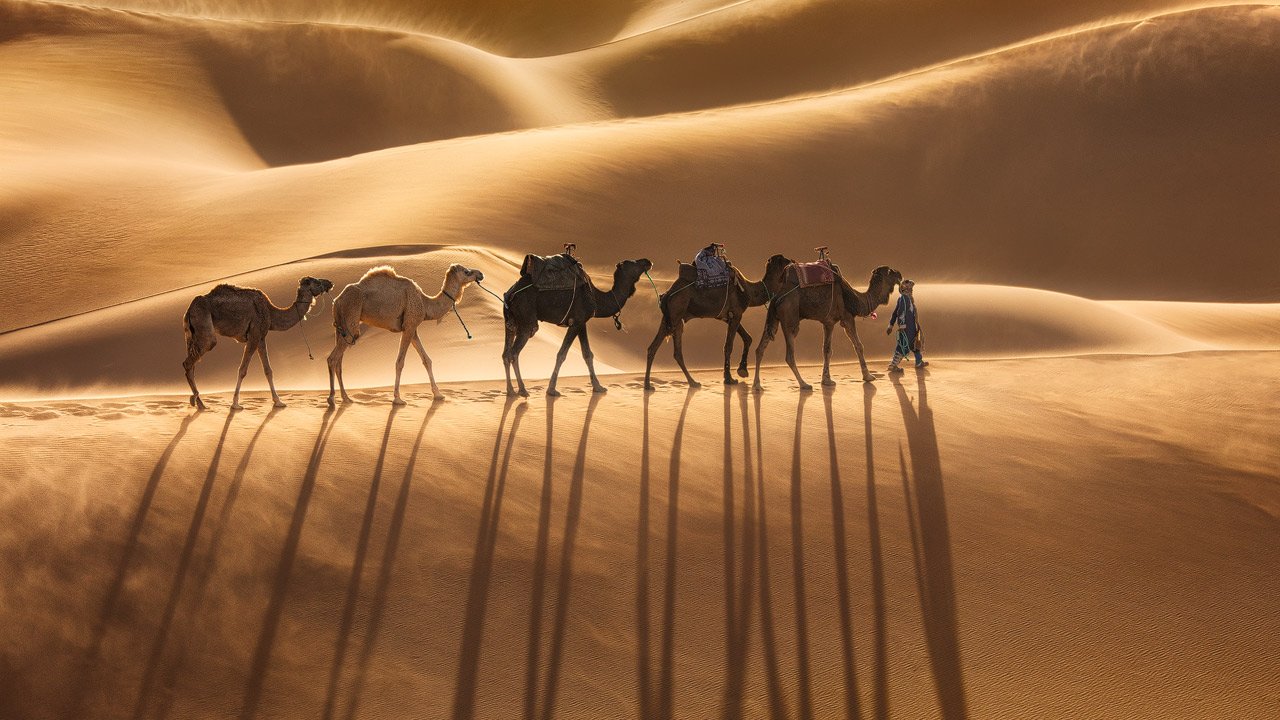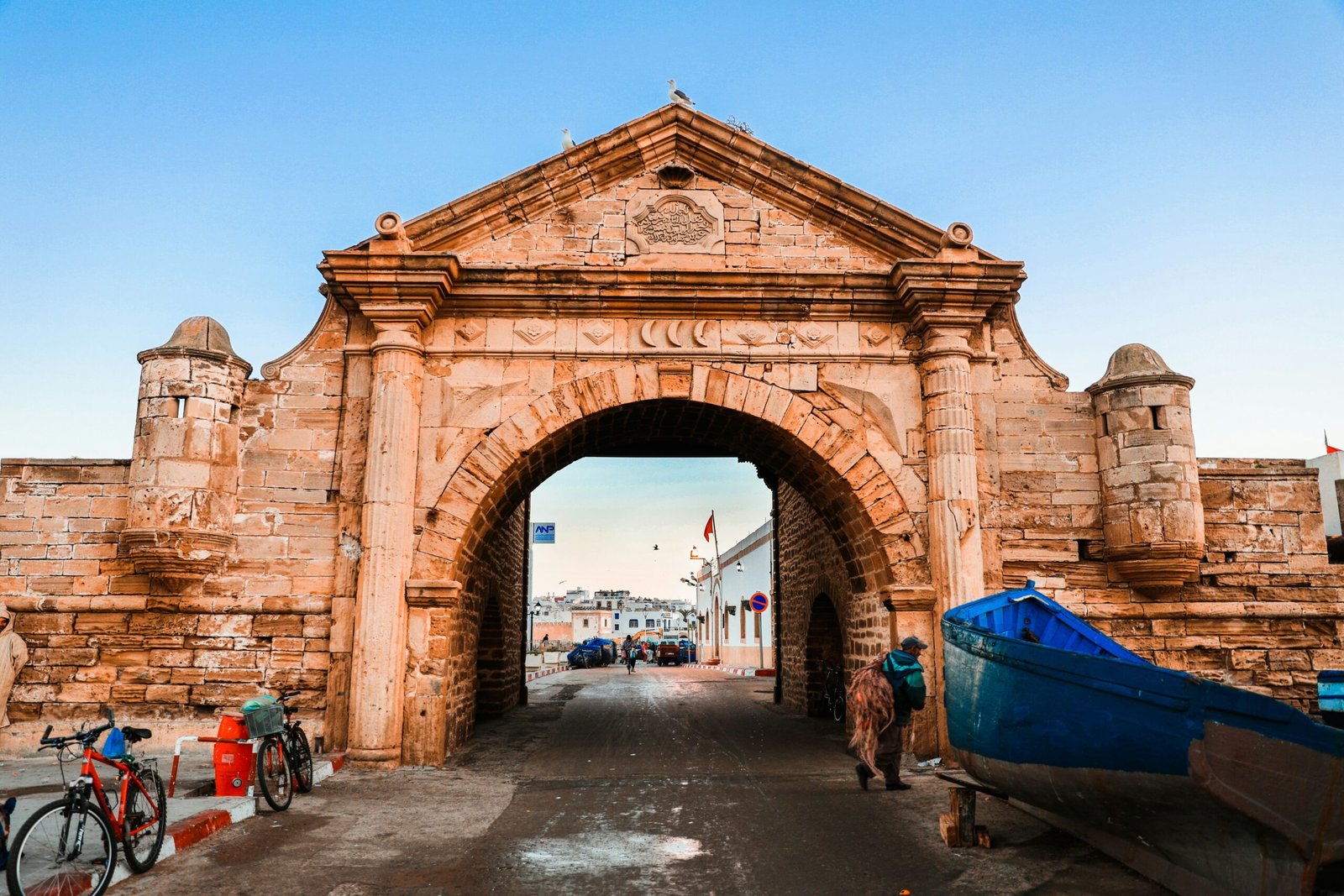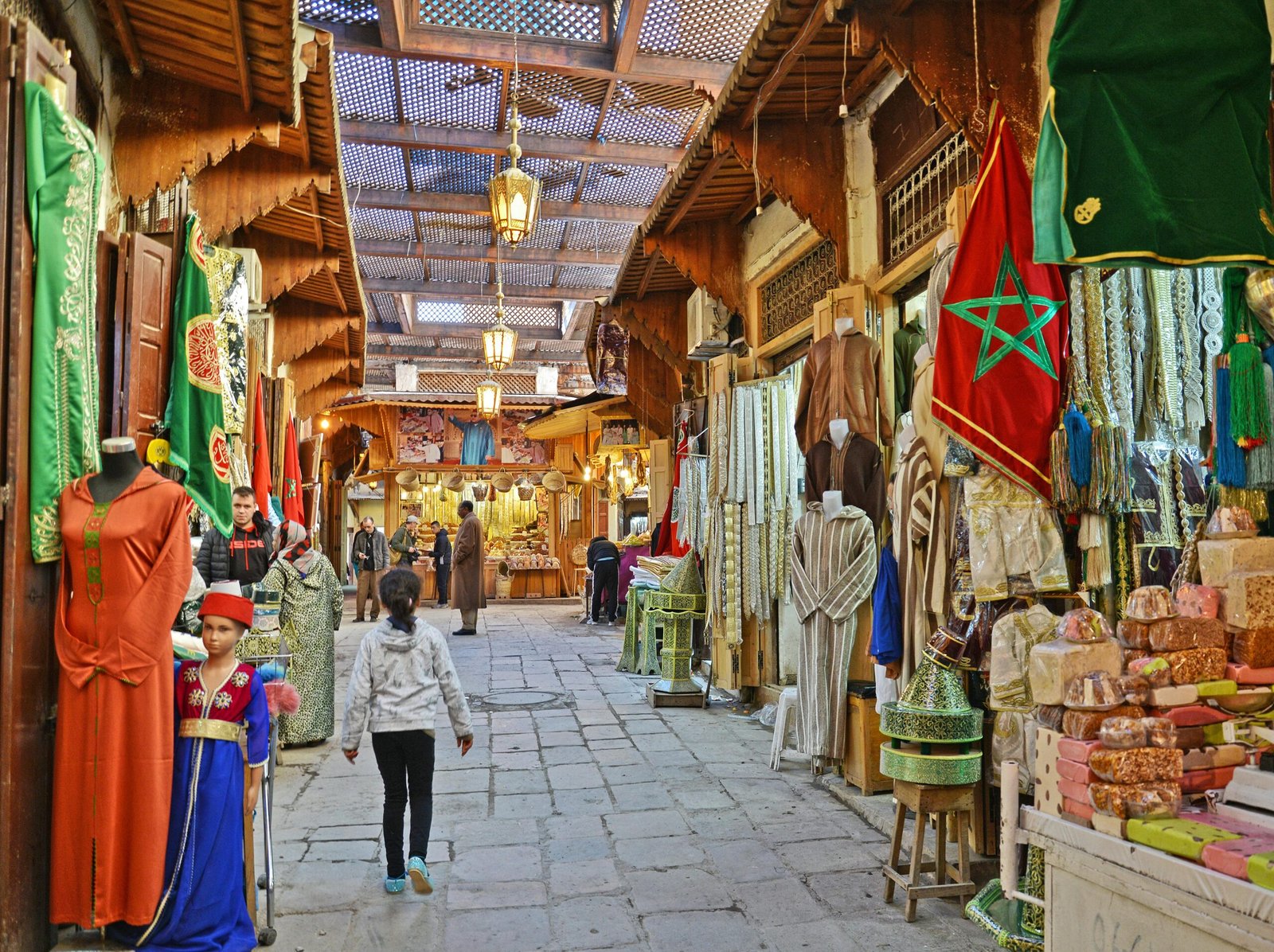If you’re planning a trip to Morocco, it’s important to be aware of the weather conditions you can expect. The country is located in North Africa, and the temperatures there range from 10 to 40 degrees Celsius. Here’s what you need to know about the weather and vegetation in Morocco to ensure you have a comfortable and enjoyable trip.
Weather Conditions in Morocco
Winter (December to February):In the winter, temperatures in Morocco can decrease significantly, especially at night. During the day, temperatures are more bearable, typically ranging from 10 to 20 degrees Celsius. However, evenings and early mornings can be quite cold, especially in the desert and mountainous regions. Packing warm layers is essential. Learn more about winter weather in Morocco.
Summer (June to August):Summer in Morocco can be extremely hot, with daytime temperatures often reaching up to 40 degrees Celsius. The heat can be intense, especially in inland areas and the desert. It’s crucial to dress appropriately with light, breathable clothing and to stay hydrated. It may take some time to acclimate to the extreme heat, so plan for a slower pace and avoid strenuous activities during peak sunlight hours. Read tips for surviving the summer heat.
Spring (March to May) and Fall (September to November):Spring and fall are considered the best times to visit Morocco, offering milder temperatures ranging from 15 to 25 degrees Celsius. These seasons are perfect for exploring the cities, mountains, and deserts without the discomfort of extreme heat or cold. However, sunscreen is still necessary to protect against the strong sun. Explore activities in spring and fall.
Vegetation in the Sahara Desert
Desert Plants:The Sahara Desert, covering much of Morocco’s southern region, is known for its harsh environment where few plants can survive. However, during the monsoon season, the desert comes to life with grasses, shrubs, and trees. These resilient plants, known as halophytes and xerophytes, thrive in salt-rich soil and require minimal water. Discover more about Sahara vegetation.
African Peyote Cactus:One of the hardiest plants in the Sahara Desert is the African peyote cactus. This plant is adapted to the extreme conditions of the desert and is worth checking out if you have the chance. Its ability to store water and withstand high temperatures makes it a fascinating example of desert vegetation. Learn about desert cacti.
Packing Tips for Morocco
- Clothing: Pack light, breathable clothing for the day and warm layers for the evening, especially in the winter months. In the summer, prioritize clothing that covers the skin to protect from the sun and keep cool.
- Sun Protection: Sunscreen, sunglasses, and a wide-brimmed hat are essential to protect against the strong Moroccan sun.
- Footwear: Comfortable walking shoes are necessary for exploring cities and natural landscapes.
- Hydration: Always carry a water bottle to stay hydrated, particularly in the hot summer months.
Enjoy Your Moroccan Adventure
Keep these tips in mind when planning your trip to Morocco, and you’ll be sure to have a great time. Whether you’re exploring the bustling markets, hiking in the Atlas Mountains, or experiencing the magic of the Sahara Desert, being prepared for the weather and understanding the unique vegetation will enhance your travel experience.

